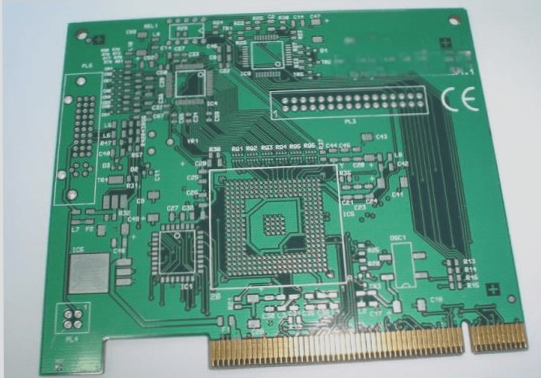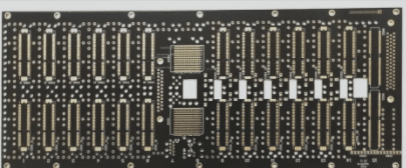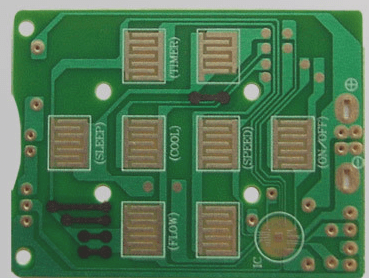Is the quality of PCB cloning improving with this approach?
The article outlines various PCB grounding techniques to reduce ground loop interference and improve circuit stability, with a focus on methods such as optocoupler technology, isolation transformers, common-mode chokes, balanced circuits, and different grounding configurations (floating, single-point, and multi-point) for optimal EMC performance in electronic design.
Is the quality of PCB cloning improving with this approach? Read More »



